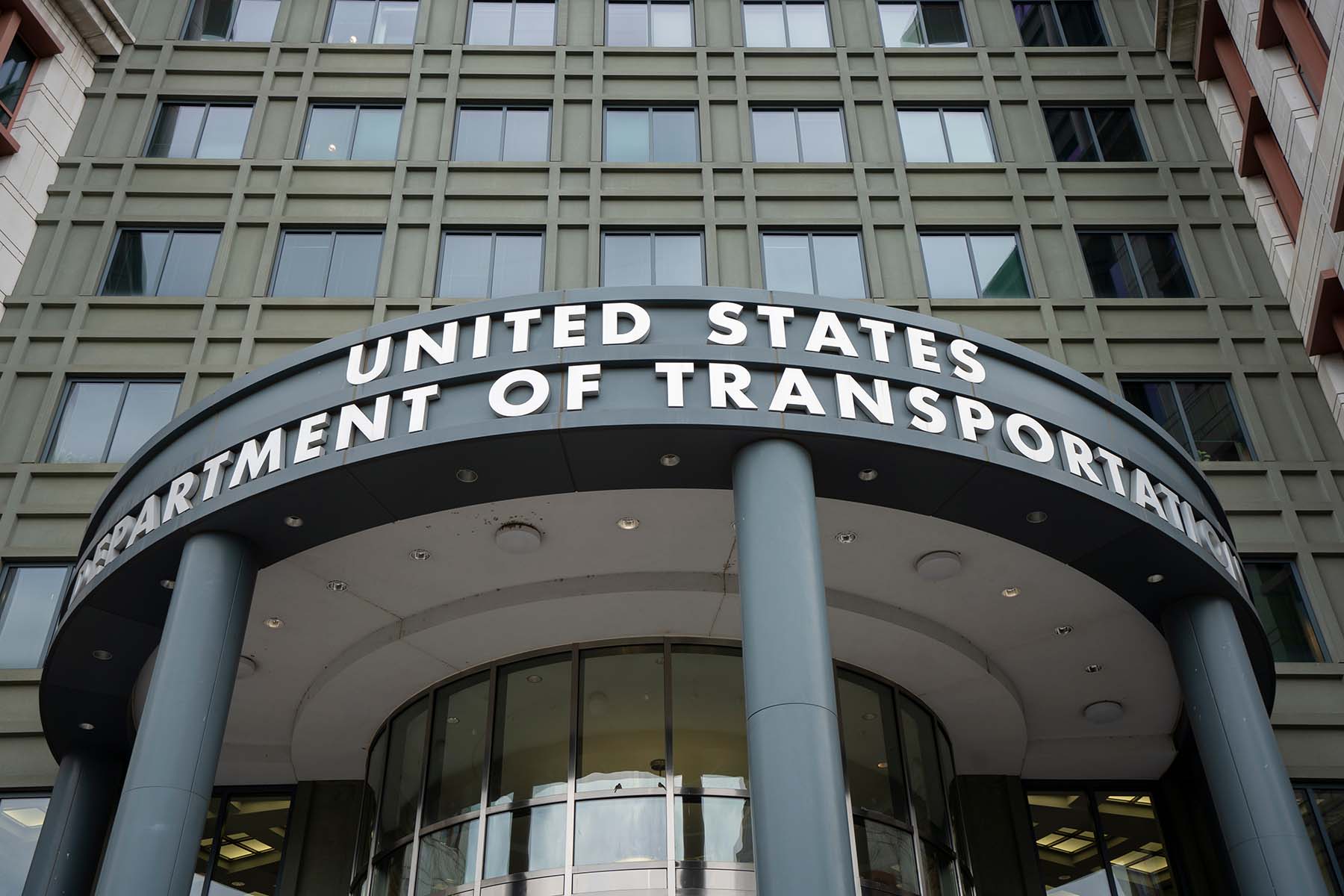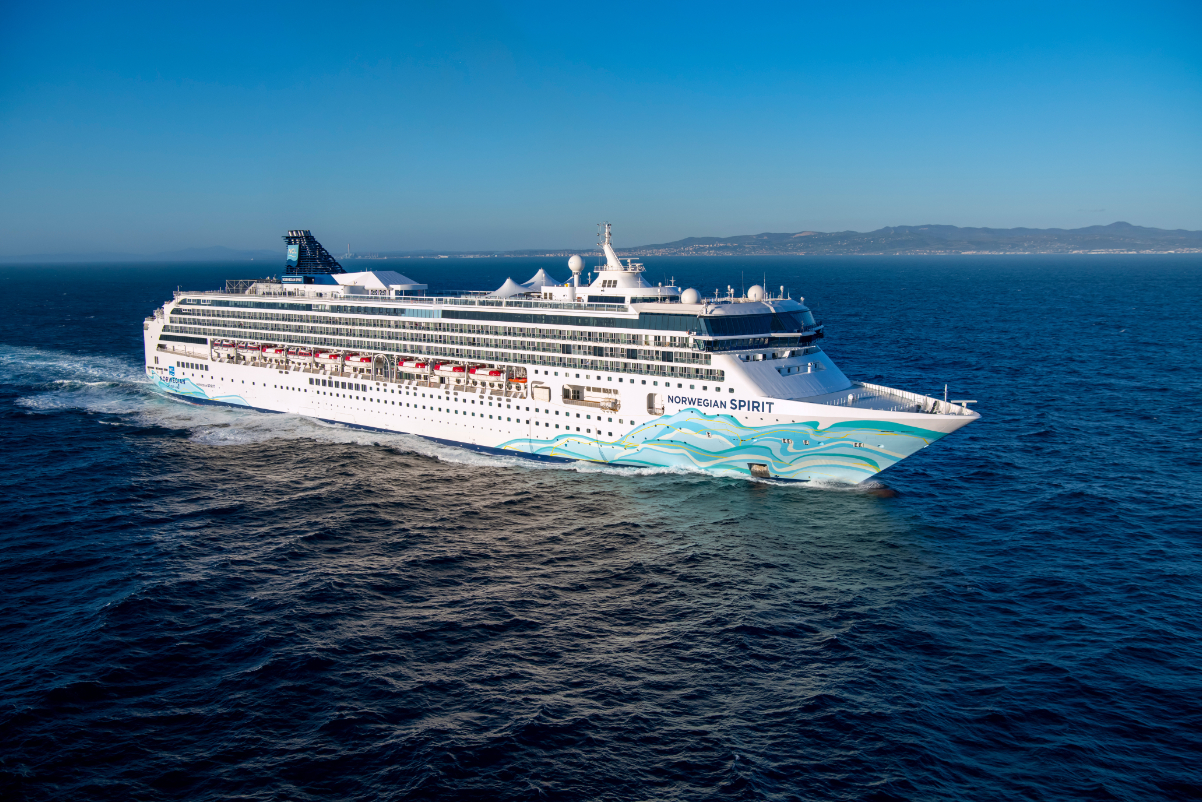Brazilian Airline Azul Embarks on an Unconventional Path to Recovery
Skift Take
The pandemic has proven to be the proverbial tide going out, exposing who's swimming naked. In the case of airlines, all are struggling, but a few appear to be coping better than others. A case in point is Brazilian carrier Azul Linhas Aereas Brasileiras, which may be on course for a rebound.
Azul, Brazil's third-largest carrier, felt a whipsaw effect, going from about 950 flights a day down to about 70 at the worst of the crisis. But its schedule this month features about 500 departures a day serving 89 cities, Abhi Shah, chief revenue officer, said on Wednesday during an airline customer conference run by cloud software vendor PROS (Pricing and Revenue Optimization Solutions).
"We exited the second quarter in a relatively solid cash position," Shah said. "But I won't lie to you.... It's been a challenge and ... painful."
While every airline has had to adapt new tactics, such as taking new safety precautions and shipping more cargo, Azul has taken many of these steps with its own flair. At many airports, the airline uses projections on the floor to show where each passenger should stand at a social distance based on seat number. The carrier aims to have this tech at 17 airports by year-end.
Many carriers have also leaned on cargo as a way to stay aloft, as Skift sister brand Airline Weekly has reported. Azul went further, eagerly adding small package shipments for e-commerce companies. While such shipping can be a logistical headache, executives liked that it helped justify keeping plane in the air. It's much harder to restart operations from a standstill, so nearly any excuse to keep flying can be worthwhile.
Distinctive Strategy
Azul is a low-cost carrier, but it breaks the mold of many of its peers. It has a hub-and-spoke model, unlike the more common point-to-point route map. It uses a wide range of aircraft, rather than keeping things simple.
Azul also aims at growing in new markets rather than trying to steal share from legacy full-service carriers. Its main hub is in Campinas, with a secondary hub in Belo Horizonte. Neither of those hubs are in Brazil's best-known cities of São Paulo and Rio de Janeiro, which established rival LATAM and Gol dominate.
Many customers have given Azul glowing reviews for its live TV seat-back entertainment on its modern, Brazilian Embraer jets. Tripadvisor called it the "world's best airline" this year.
David Neeleman created Azul in 2008 following his departure as CEO and founder of U.S.-based JetBlue. Neeleman has since left Azul, but the carrier has grown. Before Azul arrived, Brazilian carriers flew about 50 million passengers a year. Last year about 100 million passengers flew, 27 million of them on Azul.
Azul grew the market by adding or bringing service to secondary-tier and third-tier airports. In August it doubled down on this strategy by launching a regional carrier, Azul Conecta, serving 36 destinations using 17 Cessna Caravan aircraft.
Few budget carriers embrace a range of aircraft types spanning from propeller planes to Airbus A330s because of potential cost and complexity issues with maintenance. But Azul's rare fleet and network strategy focuses on surmounting those costs with gains from connecting traffic between unserved or underserved smaller cities and major urban centers.
Azul's future remains uncertain. Rumors of Azul and LATAM merging persist.
While many airline executives have said they are contemplating how the pandemic may have a lasting impact, Shah said the truth is everyone is taking things week-by-week.
Like other airlines, Azul has had to throw its pricing playbook out the window.

Abhi Shah, chief revenue officer at Azul Airlines, speaking at the PROS Outperform conference. Source: Skift.
"You're pricing more toward volume than yield," Shah said. "You want to have a cushion of load factor before you try to push the average fares up."
Shah said Azul's strategy is to focus on playing to the company's competitive strengths.
"If your business model is about your competitors, if you're focused on stealing share, you'll probably find it more difficult right now because that's a game everybody can play," Shah said, noting that your rivals may be better able to withstand a price war.
Shah spoke at the Outperform conference, a customer event run by PROS, an approximately 1,000-employee public company in Houston that provides dynamic pricing and revenue management tools.
One person at the event asked Shah there were any lessons he has taken from the crisis.
"I hope we never have to go through this again so that I can forget these lessons," Shah said.





